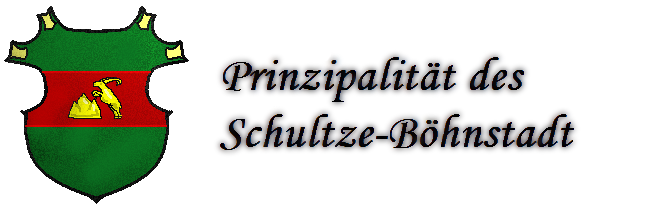In a series of posts, I am attempting to create enough background for both the readers and myself for this new project. This first post is a correspondence with myself on how and what I plan on doing in broader terms.
Q: Where and when does the rebellion happen?
A: Beatrice Schiavona grabbed the throne in 1531 OC, nineteen years before the Störkburg Valley campaign, which I consider being the current state of the world. Calvacasa's rebellion started one year earlier in 1549 OC, but there is very little overlapping in terms of campaign events between the two nations.
One thing to consider is that the Böhnstadt court knows that the Formaggians are busy with their civil war, thus they can safely reduce the troopers defending the southern border and send them to fight in the west.
Calvacasa's initial base is close to both the Flossian and Schultze-Böhnstadt borders, but he is not strong enough to ask for any aid against the lawful ruler of the country; and any other country's diplomats would be hesitant to choose sides. As a result, this is an internal affair in Formaggia, and my plan is to confine the campaign events to a relatively small area - I will tell more in a later post.
Q: Who is Pietro di Calvacasa?
A: Pietro, Count of Calvacasa is 49 years old, a seasoned officer of the wars on the continent. He has become known as a cavalry leader, first as a captain of Glambrian Dragoons in the New World, then a cavalry staff officer in various armies, rising to the rank of Adjutant General in the Duchy of Armagnac. He has two teenage daughters and one adult son from his wife Lucia, whom he met in exile. He is of a large stature but plain looks, and he prefers a simple coat instead of the laced uniform of a general.
The town of Calvacasa is a part of the northern Quattro Formaggi countries. (The proper spelling of the country's name was changed when one day the Chancellorette mispronounced it, then immediately issued an edict that Quattri Formaggi is, in fact, the proper way to mention the Alliance.)
The Count's title is relatively new: his great-grandfather was a silk merchant favored by one of the Parmigiano courtiers, and he was the one to gain nobility through a series of deals.
Pietro and his father, Marco were exiled when the Chancellorette, by sheer luck and cunning, won the leadership of the country and they were part of her opposition. They have lost all their estates on paper, but the family home and the surrounding settlements were so neglected that upon his return everybody greeted him with joy. This occured in 1548 OC, and in a few months he was already organizing his counterstroke against Schiavona.
Q: What are Calvacasa's motives?
A: Beatrice Schiavona is a competent, but unjust leader. The Alliance consists of multiple city-states and the central government is not dependent on the masses, just like most monarchies. The Chancellorette does not recognize the dangers of ignoring the people of the country; one of the dangers is the fact that a charismatic enemy may alarm enough countrymen to commence an open rebellion.
The Count knows the Chancellorette's personal failings, and although he denies he is aiming for the throne, his ultimate goal is to force his own terms on Beatrice.
Q: What are his strategic goals?
In short term, to gain territory in northern QF, all the while converting possible opposing military forces and recruiting and training fresh ones from the insurgency.
In long term, to gain total control of the north-eastern valleys of the country, and with safe hinterlands march out to meet the otherwise dispersed and weak loyalist armies.
Q: What are the focal points of the campaign?
A: First, the personal struggles of Pietro: in my recent reading, a recurring point was that victory is something soldiers demand from a leader. Simply put, Calvacasa has to win his battles in order to survive. I wish these struggles to be closely monitored and detailed during the campaign; I want Pietro to face the realities of war, something he had less chance to do as an officer and nobleman as he has as a leader of people.
Second, the scarcity of manpower and resources: Calvacasa begins the campaign by controlling some natural resources, but his base is a woodland with very little food to produce. He has a small core army, around which volunteers are organized in essentially militia battalions. But his base is too small, and the loyalist Formaggian army can redeploy and concentrate.
Q: Who are Calvacasa's allies and adversaries?
A: On his side are a select few foreign officers and local civilian leaders. Some foreigners are specialists, gunners and engineers, while others are experienced field officers. But he has to promote trust among his own fellow countrymen, and his officer corps is too small not to include dilettants who may or may not risk the success of the entire campaign as the plot advances.
On the loyalist side, there will be immediate enemies as he advances on loyalist strong points neighboring his, and as the rebellion gains momentum, more experienced and powerful players will appear in the game on the enemy side. Expect a lot of mustache twirling and the slashing of blades.

















